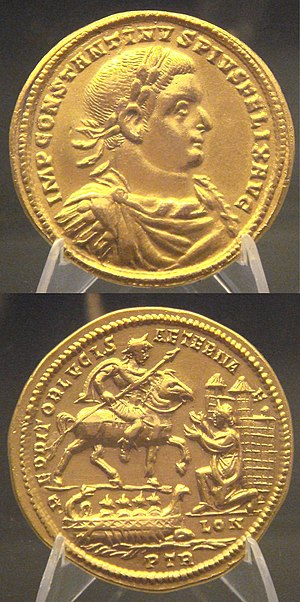This article needs additional citations for verification. (November 2024) |
| Millennium: | 1st millennium |
|---|---|
| Centuries: | |
| Decades: | |
| Years: |
| 296 by topic |
|---|
| Leaders |
| Categories |
| Gregorian calendar | 296 CCXCVI |
| Ab urbe condita | 1049 |
| Assyrian calendar | 5046 |
| Balinese saka calendar | 217–218 |
| Bengali calendar | −297 |
| Berber calendar | 1246 |
| Buddhist calendar | 840 |
| Burmese calendar | −342 |
| Byzantine calendar | 5804–5805 |
| Chinese calendar | 乙卯年 (Wood Rabbit) 2993 or 2786 — to — 丙辰年 (Fire Dragon) 2994 or 2787 |
| Coptic calendar | 12–13 |
| Discordian calendar | 1462 |
| Ethiopian calendar | 288–289 |
| Hebrew calendar | 4056–4057 |
| Hindu calendars | |
| - Vikram Samvat | 352–353 |
| - Shaka Samvat | 217–218 |
| - Kali Yuga | 3396–3397 |
| Holocene calendar | 10296 |
| Iranian calendar | 326 BP – 325 BP |
| Islamic calendar | 336 BH – 335 BH |
| Javanese calendar | 176–177 |
| Julian calendar | 296 CCXCVI |
| Korean calendar | 2629 |
| Minguo calendar | 1616 before ROC 民前1616年 |
| Nanakshahi calendar | −1172 |
| Seleucid era | 607/608 AG |
| Thai solar calendar | 838–839 |
| Tibetan calendar | 阴木兔年 (female Wood-Rabbit) 422 or 41 or −731 — to — 阳火龙年 (male Fire-Dragon) 423 or 42 or −730 |

Year 296 (CCXCVI) was a leap year starting on Wednesday (link will display the full calendar) of the Julian calendar. In the Roman Empire, it was known as the Year of the Consulship of Diocletian and Constantius (or, less frequently, year 1049 Ab urbe condita). The denomination 296 for this year has been used since the early medieval period, when the Anno Domini calendar era became the prevalent method in Europe for naming years.